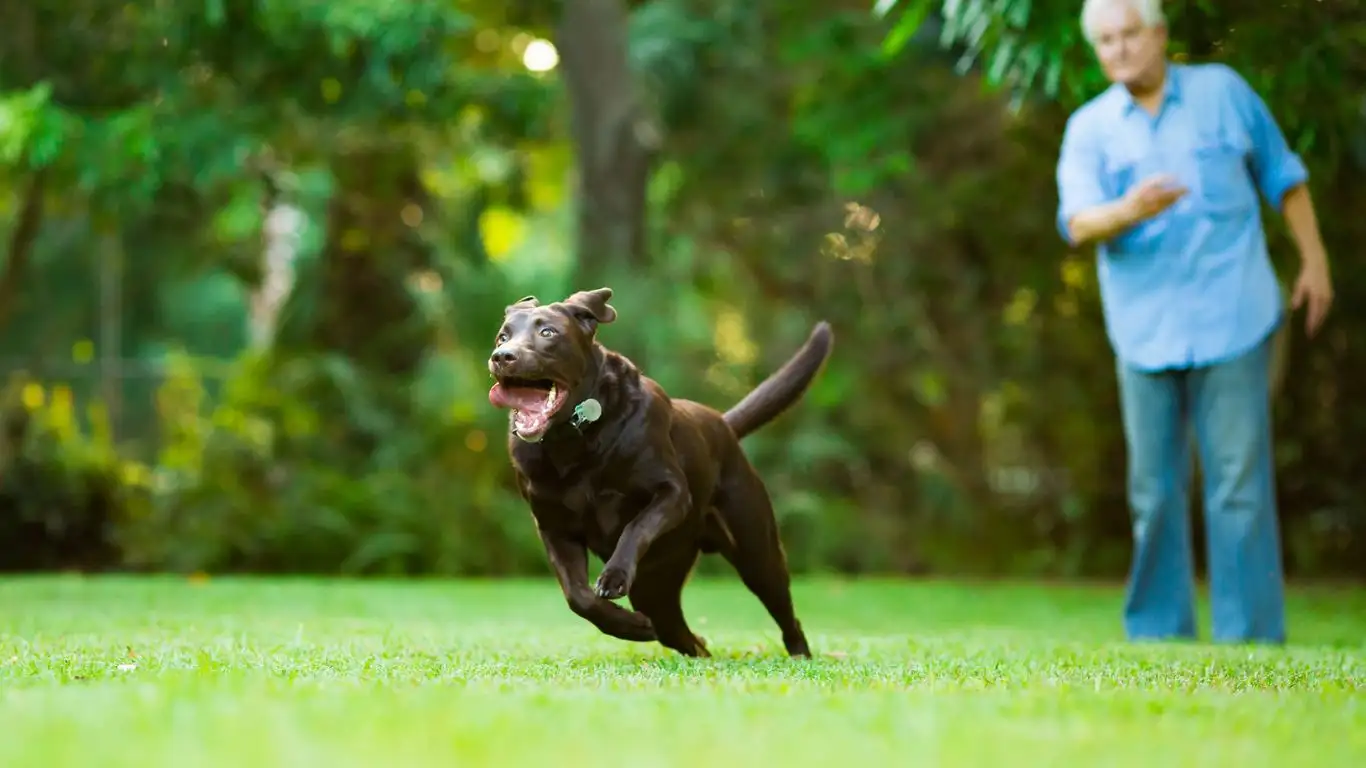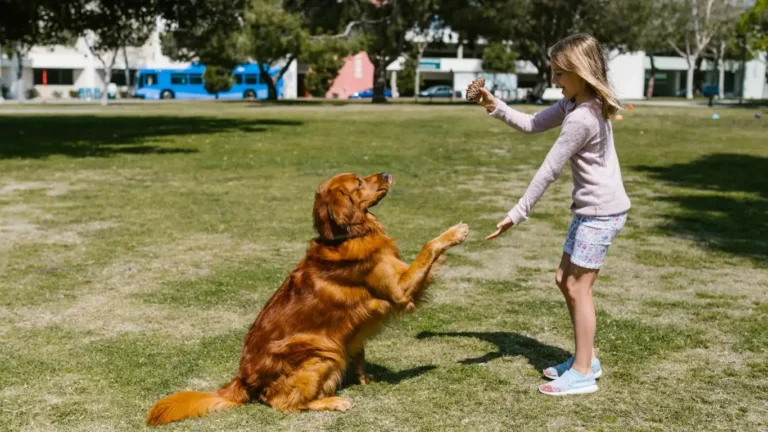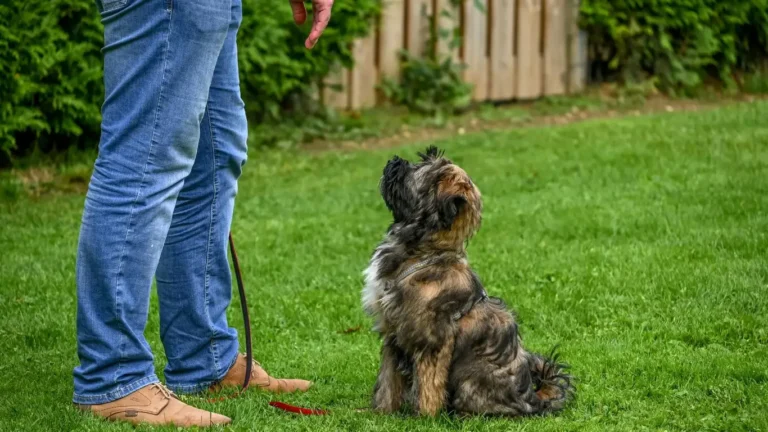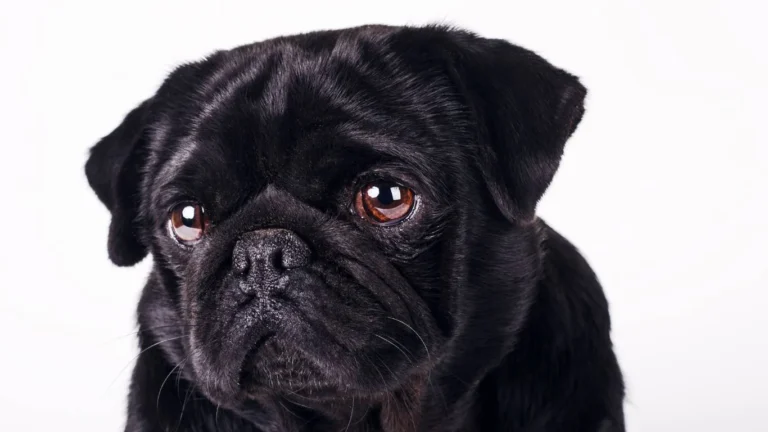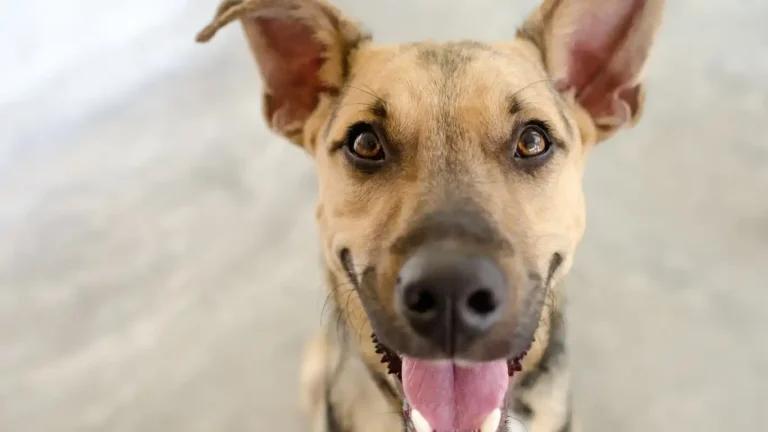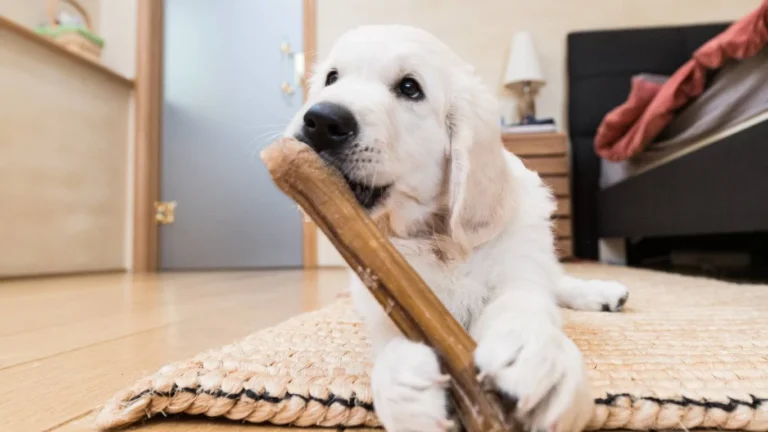How to Train a Dog to Go to a Safe Space During Stress Easily
When it comes to helping our furry friends cope with anxiety or stressful situations, one of the most effective tools I’ve found as a Canine-Assisted Therapy Trainer is teaching them how to go to a safe space. You might wonder, how to train a dog to go to a safe space during stress—and that’s exactly what we’re diving into today. It’s not just about creating a spot for your dog to retreat; it’s about building a reliable, calming refuge that your dog will instinctively choose whenever they feel overwhelmed. From my hands-on experience, this simple training technique can make a world of difference for dogs and their humans alike.
Understanding the Importance of a Safe Space for Your Dog
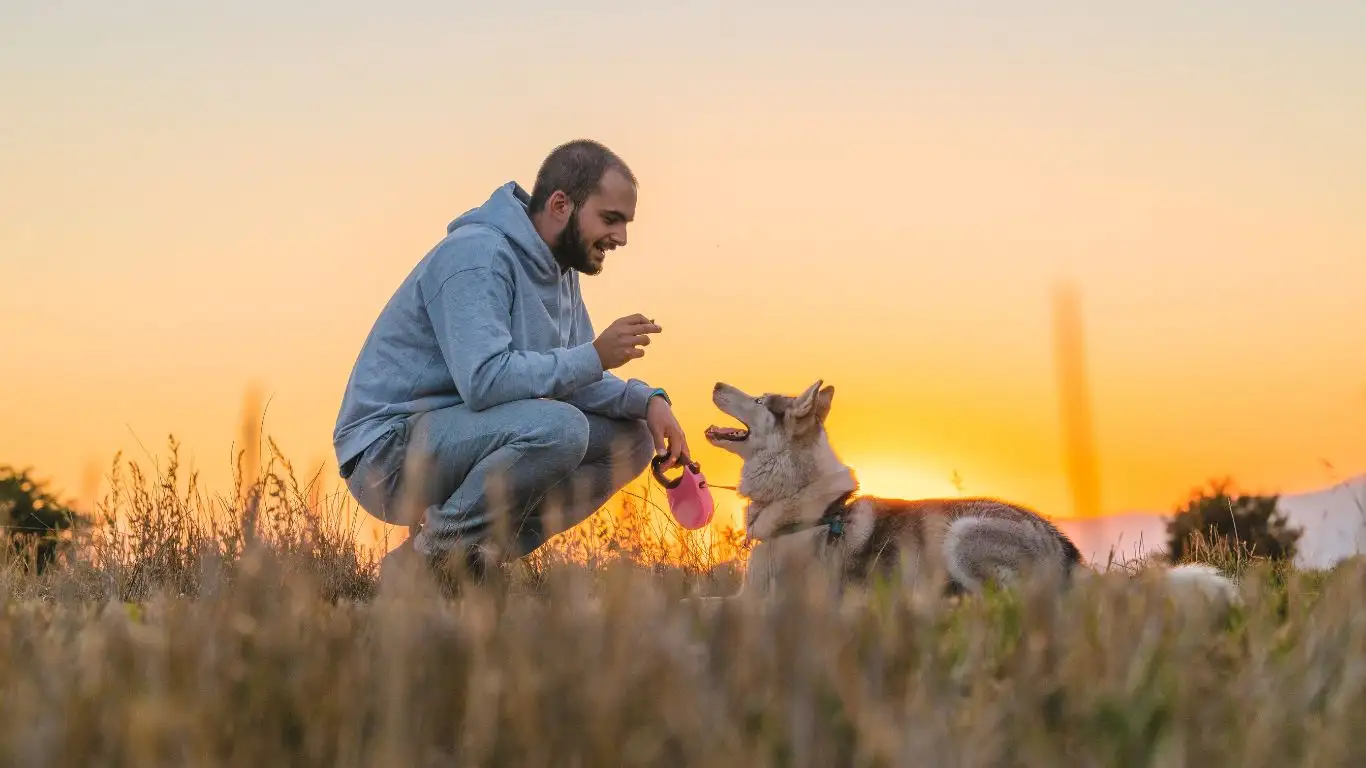
Stress is real for dogs just as it is for us. Loud noises, new environments, or even sudden changes in routine can trigger anxiety in our pups. When a dog learns to retreat to a safe space, they gain a little sanctuary that helps them regulate emotions and decompress. From my experience, a well-trained safe space isn’t just a place—it’s a mental anchor.
One thing I always emphasize in training sessions is that the safe space should be inviting and positive. It can be a crate, a particular corner, or a cushy bed—what matters is that your dog feels secure and comfortable there. I’ve seen many dogs transform from anxious and reactive to calm and centered just by consistently reinforcing this behavior.
Why Teaching This Skill Matters
- Reduces anxiety: The safe space gives your dog a predictable, comforting spot when things get tough.
- Prevents unwanted behaviors: Instead of barking, chewing, or pacing, your dog has a constructive way to handle stress.
- Improves overall well-being: Regularly accessing a calm zone helps your dog feel more balanced daily.
As a trainer, I’ve witnessed clients who struggled with dogs that had severe separation anxiety or storm phobias. Incorporating a safe space into their routine didn’t just help the dogs; it also brought relief to their owners who felt helpless before. That’s the kind of impact this training can have.
Step-by-Step: How to Train a Dog to Go to a Safe Space During Stress
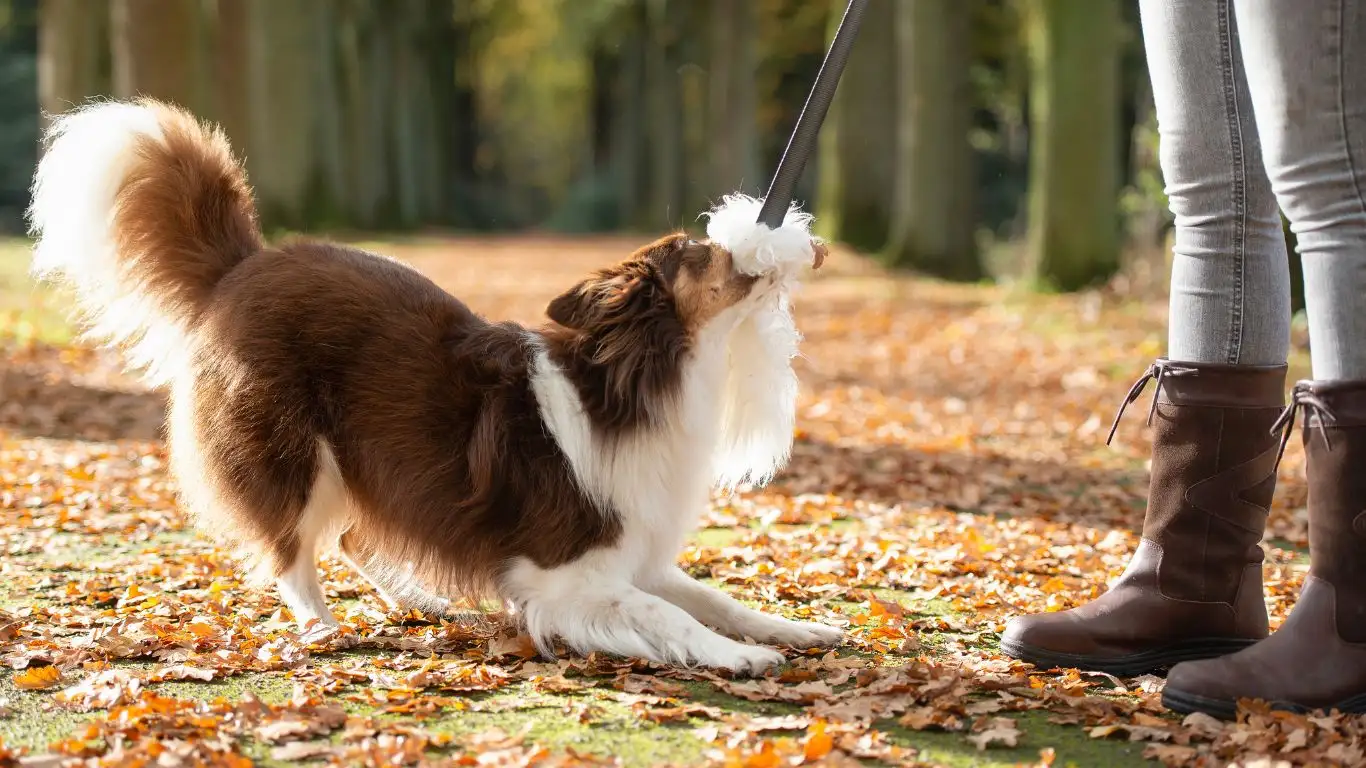
Let’s get practical. Teaching your dog to go to a safe space during stress takes patience and consistency, but the payoff is huge. Here’s how I recommend starting:
- Choose the right safe space: Pick a quiet, cozy area where your dog naturally feels comfortable. This might be a crate with blankets or a corner with a dog bed.
- Make it positive: Use treats, toys, or praise to create positive associations. The goal is for your dog to see the safe space as a happy place, not a punishment.
- Introduce a cue word or phrase: Something simple like “safe spot” or “go relax” works well. Say it every time you guide your dog there.
- Practice regularly: Start in calm moments, encouraging your dog to go to the safe space and rewarding them lavishly.
- Gradually add distractions: Once your dog reliably goes to the spot, introduce mild distractions to help them learn to choose the safe space even when stressed.
One tip I always share with clients is to never force your dog into the safe space. It has to feel like their choice. For example, if they initially hesitate, don’t push; instead, lure them gently with treats and patience. I remember training a particularly shy dog who took days just to walk near her crate, but with gentle encouragement, she eventually ran to it on her own when thunder rolled in.
Tools and Tips That Make Training Easier
- High-value treats: Use something your dog absolutely loves, like tiny bits of chicken or cheese, to keep motivation high.
- Comfort items: A favorite toy or a worn piece of your clothing can make the safe space more inviting.
- Consistent cues: Use the same words and tone to avoid confusing your dog.
- Short sessions: Keep training sessions brief but frequent to avoid overwhelming your pup.
Common Challenges When Training Your Dog to Use Their Safe Space
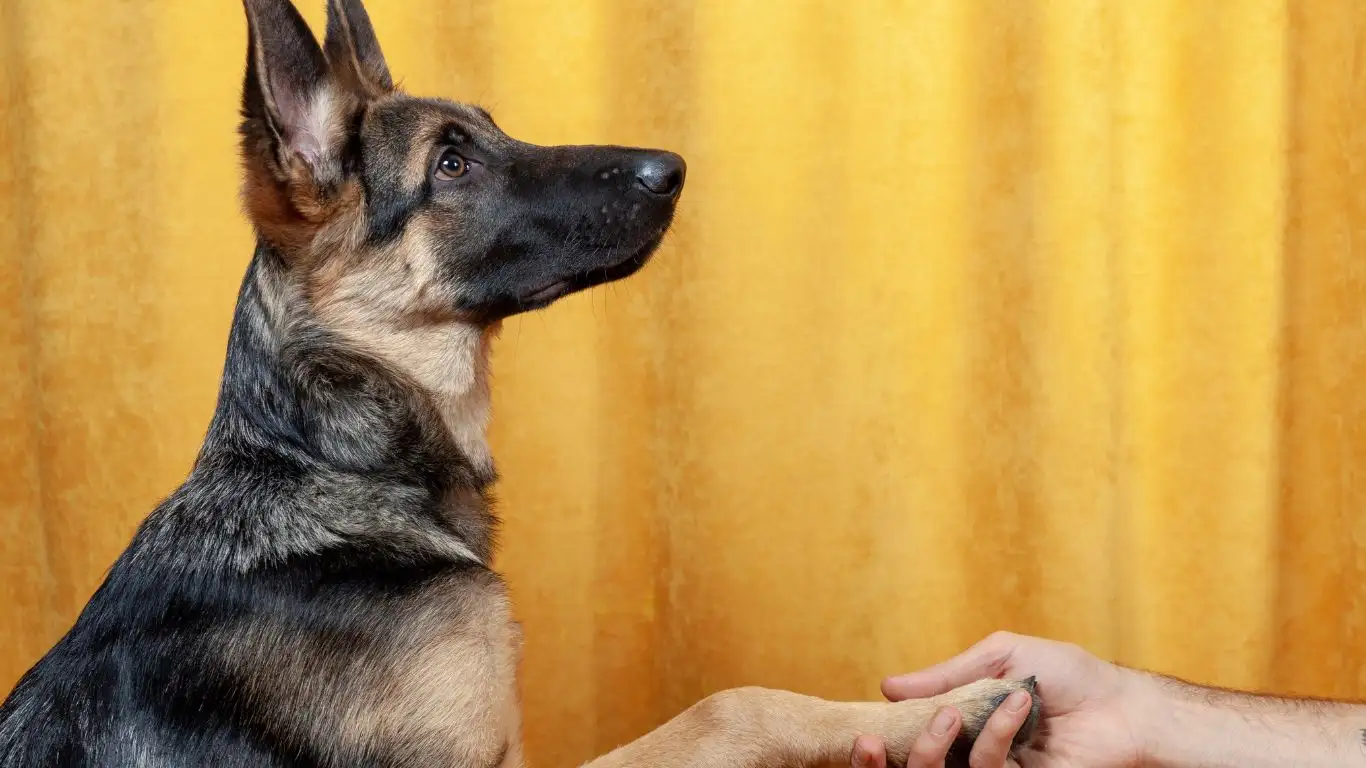
Now, as much as I wish training a dog to go to a safe space during stress was always smooth sailing, the reality is sometimes it can get a bit bumpy. From my years working with all kinds of dogs, I’ve seen a handful of hurdles pop up—and the good news is, most of these can be overcome with a bit of patience and the right tweaks.
One common issue is when a dog simply doesn’t want to enter the safe space. This might happen if the spot feels too confined, unfamiliar, or even if the timing of training wasn’t ideal (like during a highly stressful moment). Remember, forcing a dog can backfire, making them associate the safe space with something negative.
When this happens, I usually suggest stepping back to basics. Go back to treating the safe space as a fun, rewarding zone. Play games around it, toss treats nearby, or even eat your own snack while sitting in that spot yourself to show it’s chill. Sometimes, dogs just need a little extra reassurance.
Another challenge I see is inconsistency. If you’re only practicing once in a blue moon or the whole family isn’t on the same page, it can confuse your dog. It’s like learning a language—regular practice and consistent signals help your dog understand and trust the process. I always recommend a family meeting to agree on cues, routines, and rewards. It’s a team effort!
When Your Dog Ignores the Safe Space During Stress
Stressful moments are exactly when you want your dog to seek out their safe space. But sometimes, a dog might freeze, pace, or try to escape instead. This behavior isn’t unusual, especially in dogs with intense anxiety.
Here’s a little insight from my experience: training your dog to use their safe space is a gradual process. It doesn’t happen overnight, and stress can sometimes overwhelm their training. What helped a lot of my clients was pairing the safe space with calming aids—like a favorite chew toy, a calming scent like lavender, or even gentle background music. These extras can make the spot more appealing when your dog really needs it.
Also, patience and understanding are key. When your dog doesn’t go to their safe space right away, resist the urge to get frustrated. Instead, calmly guide them and reward any small step toward the spot. Over time, they’ll build confidence and see it as their go-to refuge.
Incorporating the Safe Space Training into Your Dog’s Daily Life
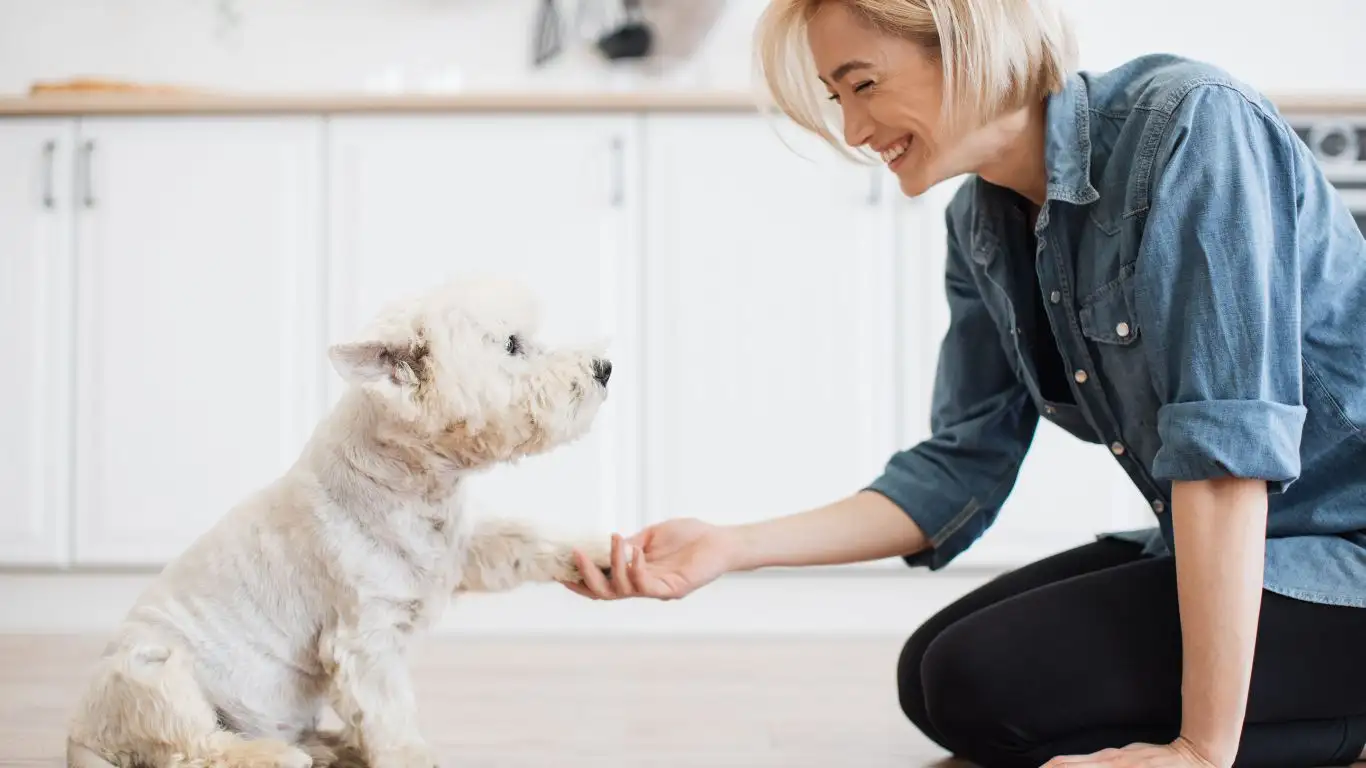
One thing I’ve learned is that training a dog to use a safe space isn’t just about stressful situations—it’s about weaving this habit into their everyday life. The more your dog feels at home and relaxed in their safe space during calm moments, the more likely they are to turn to it during tough times.
Here are some practical ways to do just that:
- Regular rest times: Encourage your dog to spend a few minutes chilling in their safe space after walks, play sessions, or meals. This helps associate the spot with comfort and downtime.
- Use the safe space during grooming or vet prep: These can be stressful for dogs. If your pup learns to retreat to their safe zone during these moments, it can reduce anxiety and make handling easier.
- Reward calm behavior there: Even if your dog just lies down quietly, give them praise or treats. It reinforces that relaxing in the safe space is a good thing.
- Keep the space accessible: Make sure your dog can always get to their safe spot without barriers or disruptions.
In my work, I’ve often coached clients to treat the safe space as a “happy place” rather than just a “stress spot.” When dogs see it as their personal chill zone, it naturally becomes their choice whenever life feels overwhelming.
Using Body Language to Encourage Safe Space Use
Dogs are incredibly tuned into our body language, sometimes even more than our words. While training your dog to go to a safe space during stress, pay attention to your own signals. I always tell my clients: be calm, patient, and inviting.
Here’s a quick tip from my toolbox—kneel down near the safe space when calling your dog. This makes you less intimidating and more approachable. Using soft eye contact and gentle tones invites your dog to feel safe coming over. Avoid looming over or rushing, as that can make a dog feel pressured or uneasy.
Through consistent, gentle gestures combined with your cue words, you’ll soon notice your dog responding more quickly and happily to the safe space call. From shy pups to energetic go-getters, this approach works across the board.
How to Recognize When Your Dog Needs Their Safe Space

One of the best things about teaching your dog to go to a safe space during stress is that it helps you better understand their emotional signals. Dogs often give subtle cues before they’re visibly stressed, and tuning into these can be a game changer.
From personal experience, some signs that your dog might be ready for their safe space include:
- Pacing or restlessness
- Yawning or lip licking (even when not tired)
- Whining or low-level barking
- Avoiding eye contact or hiding behind furniture
- Shaking or trembling
By noticing these early, you can calmly prompt your dog to go to their safe space before stress escalates. This not only helps your dog but also prevents unwanted behaviors like destructive chewing or barking out of anxiety.
In my years of training, I’ve found that clients who get really good at reading these signals have more success in helping their dogs feel secure. It builds trust between you and your dog—and that’s the foundation of any good relationship.
Advanced Tips to Reinforce Your Dog’s Safe Space Training
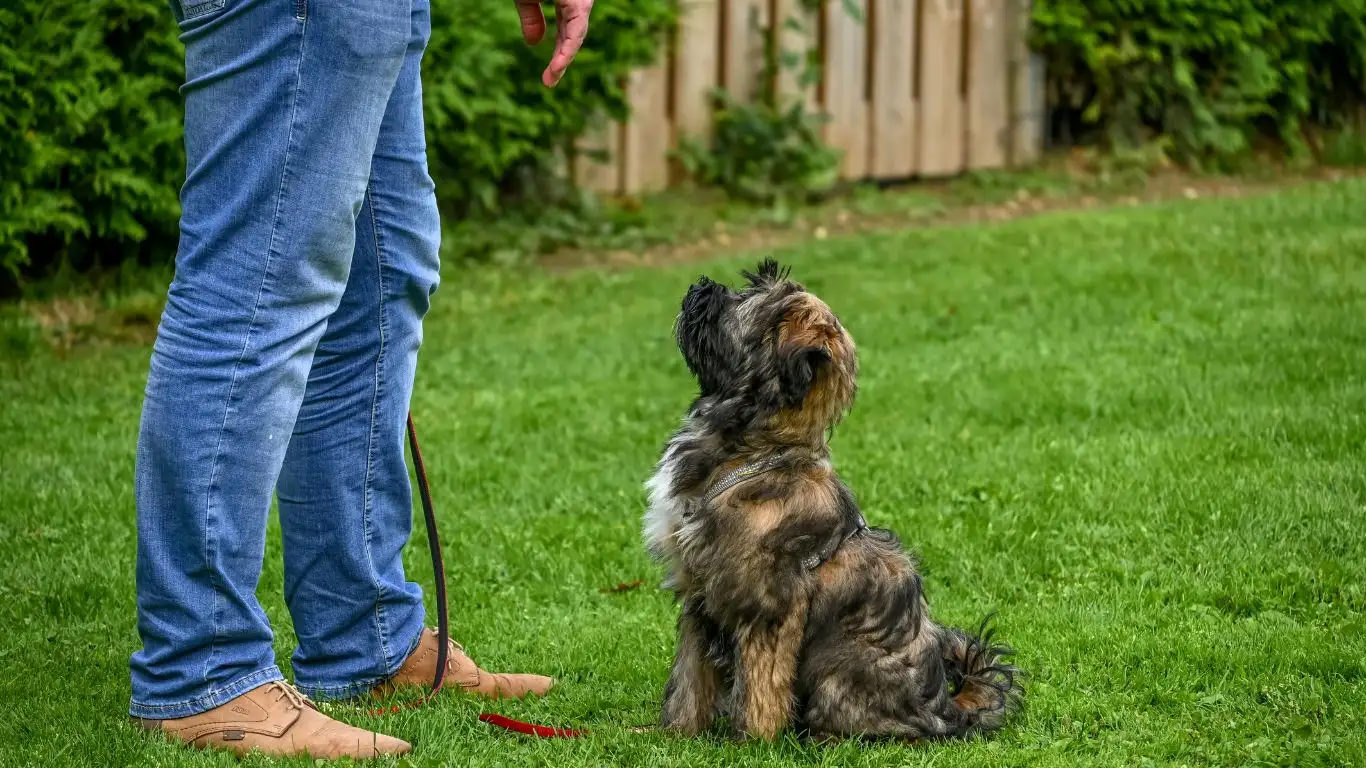
By this stage, your dog is probably getting the hang of going to their safe space during stressful times. But if you want to take it a step further and really solidify this behavior, there are some advanced strategies that I’ve found super helpful in my work as a Canine-Assisted Therapy Trainer.
First, consider adding a layering of calm cues alongside the safe space command. This could be a gentle touch, like softly petting your dog’s chest, or using a relaxing word or phrase that you say in a soothing tone. Over time, your dog will start associating not just the spot but also these calm cues with a sense of safety.
Another technique I recommend is practicing safe space access in different environments. Dogs don’t live in just one room, so it’s great to generalize this skill. Start by placing portable mats or beds in various rooms, or even take a collapsible crate outside. This way, your dog learns that the safe space is a concept, not just a single physical spot.
Also, if your dog is very motivated by toys or games, use those to your advantage. During calm times, toss a favorite toy into the safe space and reward your dog for retrieving or spending time with it there. This makes the spot even more rewarding and natural for your dog to seek out when anxious.
On a personal note, I had a client whose dog was terrified of fireworks. We worked on building a strong safe space habit at home, then gradually introduced a portable crate during outdoor fireworks displays. Over several sessions, the dog went from panic to calm, choosing to retreat to their crate and even nap through the noise. That kind of transformation is why I’m so passionate about this training!
Integrating Safe Space Training with Overall Stress Management
Safe space training doesn’t work in isolation. For the best outcomes, it’s crucial to integrate it into a broader stress management plan for your dog. That means:
- Regular exercise: A tired dog is generally a calmer dog. Daily walks, playtime, and mental stimulation all help reduce baseline anxiety.
- Consistent routine: Dogs thrive on predictability. Feeding, walks, and training sessions at roughly the same times daily provide comfort.
- Calming supplements or tools: Sometimes pheromone diffusers, calming collars, or even specific dietary supplements recommended by your vet can complement training.
- Positive reinforcement: Always reward calm, relaxed behaviors outside the safe space too. This helps your dog build confidence in many settings.
Combining these strategies with your safe space training creates a powerful synergy that helps your dog feel secure no matter what life throws at them.
Signs You’ve Successfully Trained Your Dog to Use Their Safe Space
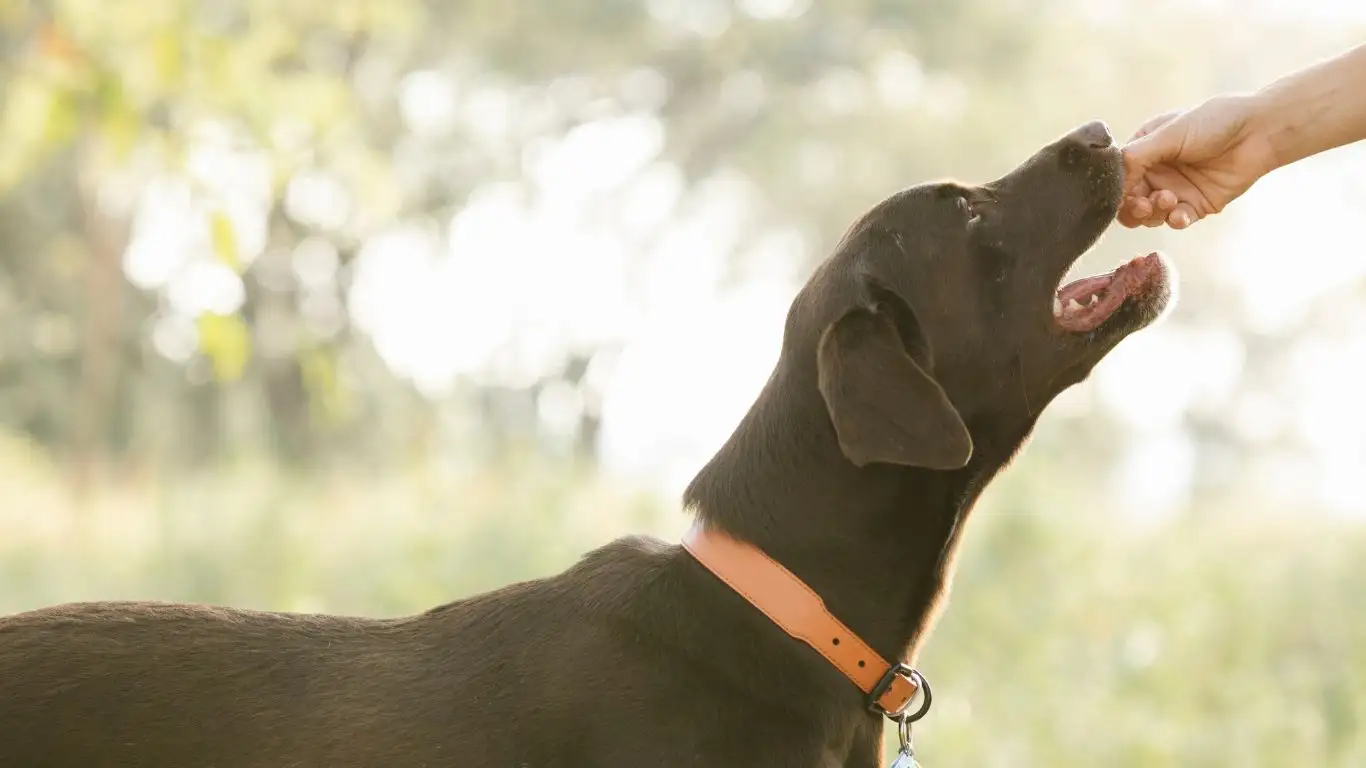
It’s rewarding to watch your dog progress from confusion or anxiety to willingly heading to their safe space on cue. Here are some signs that show your training is really clicking:
- Your dog goes to the safe space calmly and quickly when you ask. No hesitation, no stress.
- They choose to rest there on their own during quiet times. This shows the spot feels like a genuine retreat, not just a command.
- During stressful events—like loud noises, visitors, or vet visits—they head to their safe space without prompting. This indicates the behavior has generalized to real-life scenarios.
- They show signs of relaxation once in the safe space: lying down, soft eyes, slow breathing, and even falling asleep.
One moment I’ll never forget is when a rescue dog I trained used his safe space during a thunderstorm for the first time. His owner told me later that he seemed like a completely different dog—calm, secure, and peaceful. Moments like that make all the hard work worth it.
Maintaining and Refreshing the Training Over Time
Like any skill, safe space training benefits from occasional refreshers. Life changes, routines shift, and new stressors appear. It’s a good idea to revisit your dog’s safe space habit periodically to keep it sharp.
Here are some ways to maintain that connection:
- Regularly practice the cue: Even when things are calm, ask your dog to go to their safe space a few times a week.
- Switch up rewards: Keep your dog motivated by mixing treats, toys, and affection.
- Update the safe space: Make sure it remains cozy and inviting. Fresh blankets or new toys can help.
- Watch for changes: If your dog starts avoiding the space, investigate why—maybe a new noise, a draft, or even an uncomfortable bed.
Consistency is the secret sauce here. The more your dog trusts their safe space as a haven, the better they’ll manage stress throughout their life.
References and Resources for Further Reading
- ASPCA – American Society for the Prevention of Cruelty to Animals
- AVMA – American Veterinary Medical Association
- Centers for Disease Control and Prevention (CDC)
- The Humane Society of the United States
Disclaimer
This article is intended for informational purposes only and is not a substitute for professional veterinary advice, diagnosis, or treatment. Always consult your veterinarian or a qualified animal behaviorist regarding concerns about your dog’s health or behavior. Training methods should be adapted to your dog’s individual needs and temperament.
